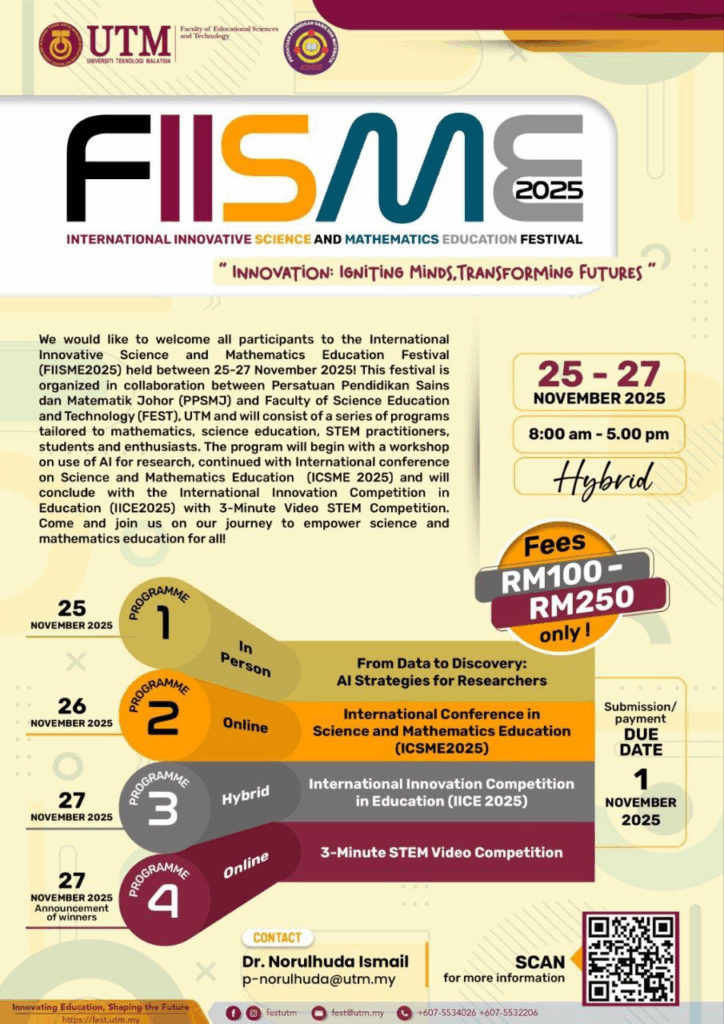This is just my personal reflection. It is not meant to be used as a definitive suggestion or advice. It is far from that. Writing (nonsense rambling? reflection?) is one way that I find therapeutic when things become overwhelming and I need to “pause”, take a breather before continue doing what I need to do.
When I discussed with my friend about certain conundrum that I am having, one of the things that I will try to manage is the way I reframe my mindset. It is not easy to change my mindset but at least to manage it to certain extent is what I can do at any given time. This is what psychologists called as “break the dread“. This is when instead of thinking “I hate this,” try to reframe it into “This is challenging, but I’ll feel great/ relief once it’s done.” Reframing also involves focusing on the purpose. In this case, I would remind myself why the task matters. Is it part of a bigger goal? Will it relieve stress once done? Is it worth doing?
Another thing that I (religiously do) is to break the tasks down into manageable chunk or divide the task into small, manageable steps. I will use a checklist to track progress and personally, it gives me a sense of accomplishment with each tick. If ad hoc matters arise while I am working on a task, regardless of how urgent or important they may seem to others, I set them aside unless I personally perceive them as both urgent and important, in which case I add them to the checklist.
I also try to condition myself on using Time-Based Techniques such as Pomodoro Technique: Work for 25 minutes, then take a 5-minute break. I use stop watch for this matter but setting a timer and to commit is not easy. Indeed. Often, starting is the hardest part. But I have to force myself to set a timer for the tasks that I do. For example, in writing this blog, I set a timer of 30 minutes without distraction. With distraction (e.g. answering a call etc.) I gave myself an additional 15 to 20 minutes to complete one post.
Another thing that I will do is to tell others about my goal or task. This is to inform them so that I can minimise the distractions (aka a gentle reminder to remind them that “Buzz off for a while. Don’t disturb me. I am on something at the moment“) and also to create a sense of accountability which can boost my motivation. I know it would be better to have some to work alongside me to “create” a sense of shared effort but I do not want to impose anyone on my “personal journey”.
Finally, there is nothing wrong to reward myself after completing each task. Normally, I will set mini goals and big goals. For big goals, the reward is also bigger (uhuk uhuk expensive). What is the most expensive reward that I ever gave to myself? Well, there are many. The most common rewards that I give to myself are quite simple: a cup of tea, a short walk, or watching a favorite show on Netflix aka documentaries.
